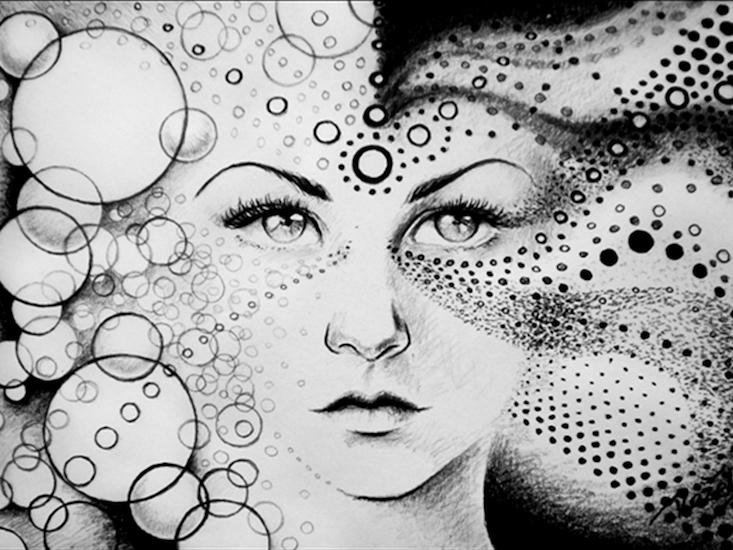
Sensations are the building blocks of consciousness.
It is clear that neural systems evolved to enable animals to move in their environments—to find food and mates, and to avoid or otherwise deal with predators. Stimuli are received from the environment, assembled by central neural circuits, and transmitted to muscles or other tissues in the animals’ bodies whose coordinated activity enable it to respond. This process occurs in every complex multi-celled animal.
The first step is the conversion of stimuli from the environment into sensations. Since animals are composed entirely of cells, this process must occur at the cellular level—that is, stimuli from the environment activate receptor cells on the surface or within their bodies. These stimuli are of three types: electromagnetic radiation in the range of wavelengths we identify as light, pressures from objects or the air striking the body, and streams of molecules in the air or in direct contact with the animals’ bodies. A variety of receptor cells exist to receive and record these stimuli.
Sensations are the building blocks of consciousness. They must first be combined into perceptions and converted into objects in the environment. Then neural systems must evolve mechanisms by which they can be remembered or recalled (neurobiologists identify the first appearances of memory in habituation, sensitization, and conditioning); and finally plasticity must develop—the capacity to shape, edit, and organize this neural content, present or remembered, into a picture, experience, or awareness of the “world.” This, in the modern metaphysics of Democritus, is the way consciousness emerges in neural systems.
source: http://m.nautil.us/blog/consciousness-is-made-of-atoms-too
